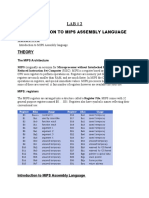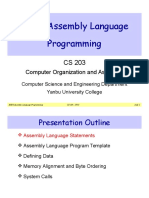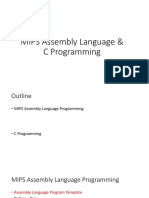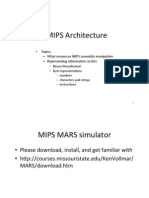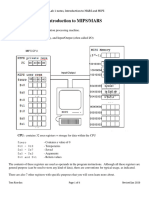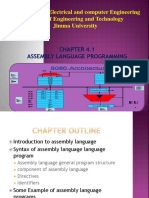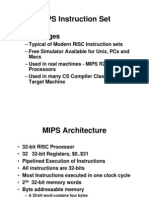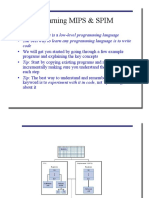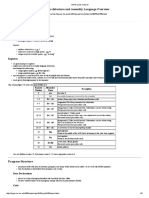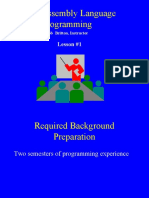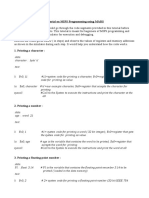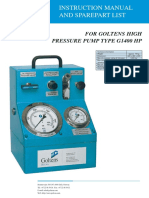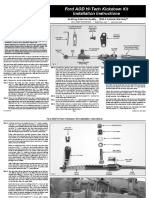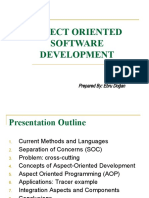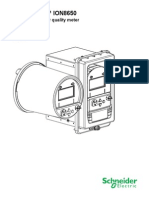0% found this document useful (0 votes)
5 views33 pagesIntroduction To Assembly Language Programming: Computer Organization and Architecture Prof. Robert A. Sowah
This document provides an introduction to Assembly Language Programming, focusing on the MIPS Instruction Set Architecture. It covers key concepts such as instruction formats, system calls, data definitions, memory alignment, and byte ordering. The document also includes examples of assembly language statements and directives used in programming with MIPS.
Uploaded by
elminosunshineCopyright
© © All Rights Reserved
We take content rights seriously. If you suspect this is your content, claim it here.
Available Formats
Download as PPTX, PDF, TXT or read online on Scribd
0% found this document useful (0 votes)
5 views33 pagesIntroduction To Assembly Language Programming: Computer Organization and Architecture Prof. Robert A. Sowah
This document provides an introduction to Assembly Language Programming, focusing on the MIPS Instruction Set Architecture. It covers key concepts such as instruction formats, system calls, data definitions, memory alignment, and byte ordering. The document also includes examples of assembly language statements and directives used in programming with MIPS.
Uploaded by
elminosunshineCopyright
© © All Rights Reserved
We take content rights seriously. If you suspect this is your content, claim it here.
Available Formats
Download as PPTX, PDF, TXT or read online on Scribd
/ 33

